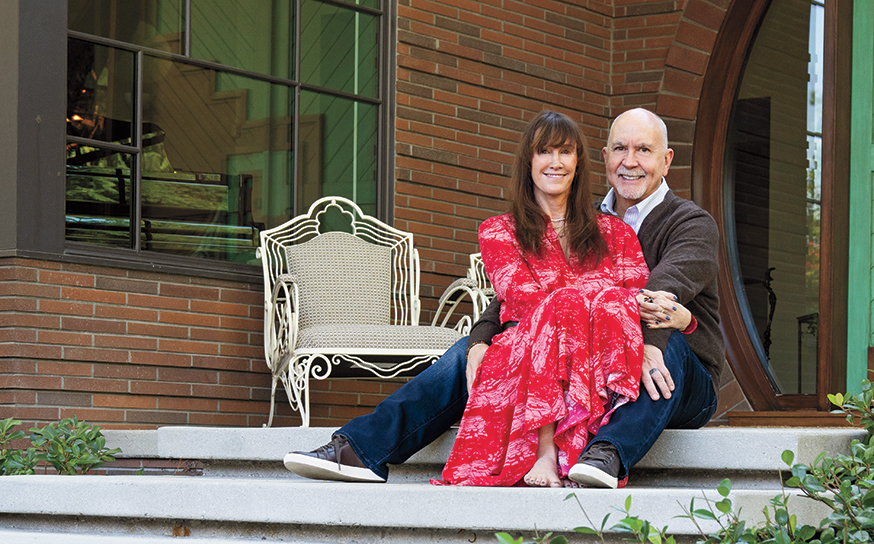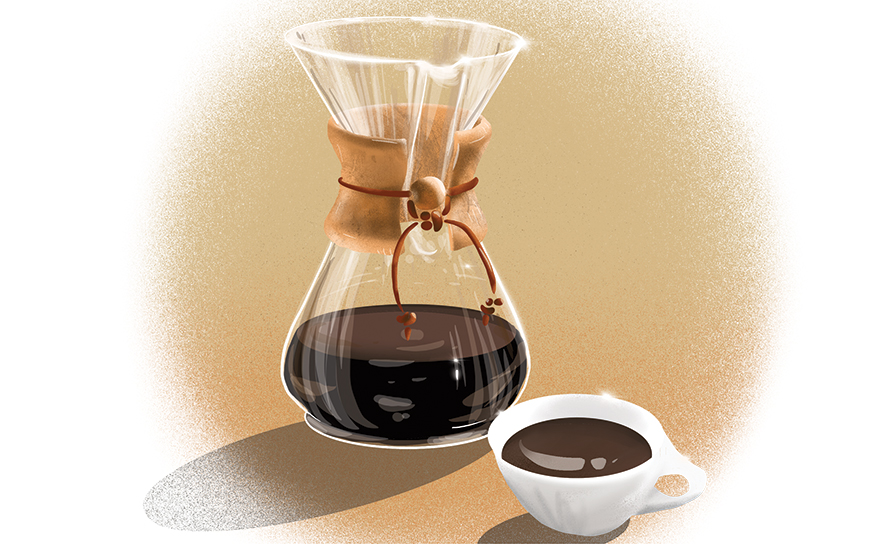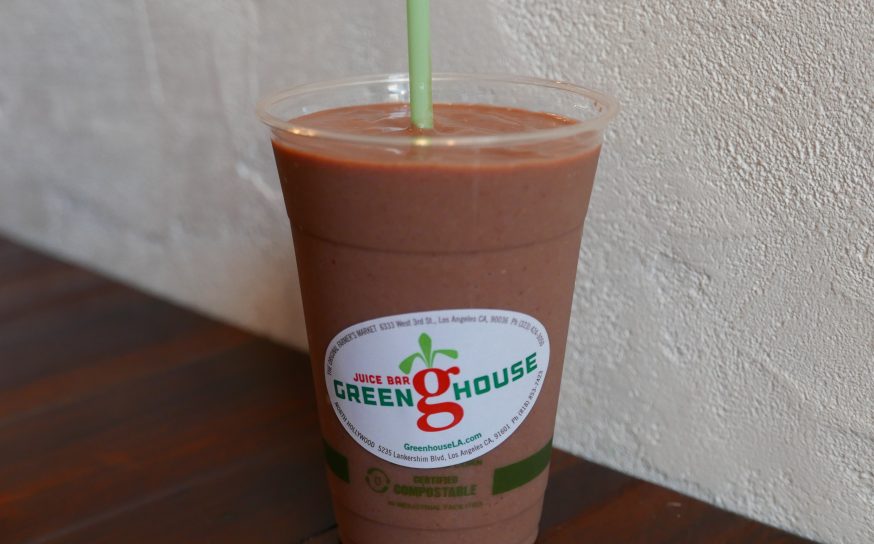What’s Up Doc?
From post-40 workouts to exercising in high temperatures, we press a few local doctors for answers on some common ailments.
-
CategoryPeople
-
Written byVictoria Clayton-Alexander
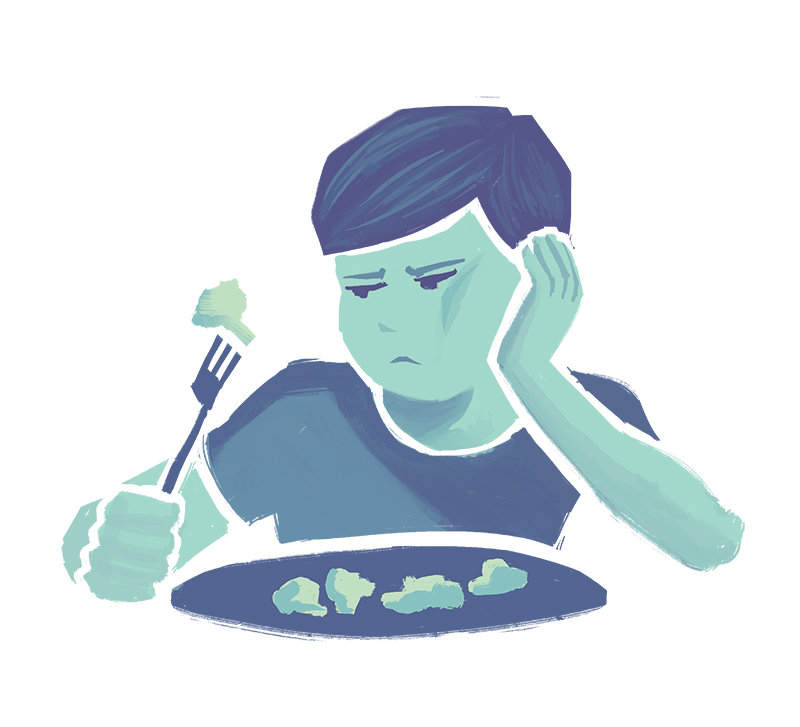
Illustrated by Christine Georgiades
Q: I just turned 40 and I’ve been into exercise my whole life. Recently, I’m noticing more aches and pains after every workout. Do I need to dial it back a bit?
In general, I firmly believe it’s a great idea to listen to wives. And while your wife’s advice isn’t completely off base, it does need clarification. There are normal aches and pains. For example, if you do a different exercise program than your usual, you may experience minor aches because you’ve used muscles you don’t often use.
It’s also somewhat normal to feel more aches and pains as we age because (no surprise!) our bodies change. Foot arches become less pronounced, joint fluid decreases, minerals deposit around joints such as the shoulder, ligaments lose collagen and elasticity. There’s more, but I think you get it: All of this adds up to a stiffer body, which generally means more aches. But the aging process happens over the long haul, not right after we blow out 40 candles.
First see your doctor and rule out any medical condition that could account for pain, recommends Jeffrey B. Glaser, MD, of the Glaser Pain Relief Center in Encino. In all likelihood you’ll be told you’re experiencing normal overuse symptoms and that you should adjust your routine.
You should not reduce or stop exercise as you get older though. The opposite is actually true. “Exercise is almost always the best thing you can do to stave off aches and pains,” says Dr. Glaser.
The key word is adjust. For example, you might decrease your running mileage but add a yoga class or swimming once or twice a week. These exercises preserve strength and flexibility but are friendlier to joints.
Whatever you do, though, don’t mask pain by popping Advil or other pain relievers regularly without talking to your doctor, warns Dr. Glaser. Taking too many of these over-the-counter medications can be hard on your kidneys—something you truly don’t want to mess with.
Q: My 9-year-old son has eczema. Our doctor prescribed a steroid cream, but a nutritionist friend suggests trying a gluten- and dairy-free diet. Thoughts?
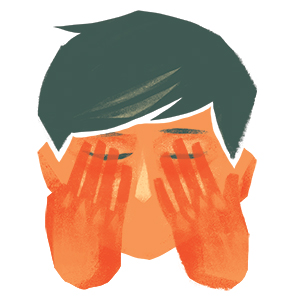 A 2007 study found that 31.6 million Americans suffer from eczema, which can be insanely painful and frustrating and essentially amounts to genetically dry skin.
A 2007 study found that 31.6 million Americans suffer from eczema, which can be insanely painful and frustrating and essentially amounts to genetically dry skin.
“People who have eczema lack a peptide in their skin that’s responsible for moisturizing,” says Peyman Ghasri, MD, a Tarzana dermatologist. Scratching results in inflamed, broken skin susceptible to infections. A mild prescription steroid or nonsteriodial cream brings down inflammation, which is important for controlling an outbreak. Dr. Ghasri says these creams are safe when used occasionally.
After the inflammation is reduced, treat eczema with over-the-counter moisturizers. I know, it’s a little underwhelming to hear your ticket is Cetaphil or Aveeno.
Diet has been linked to eczema in infants, but Dr. Ghasri says eggs and cow’s milk tend to be triggers and there’s not evidence of a link for older kids or adults. “It’s pretty common to hear a patient claim that eliminating a certain food improved his skin, but so far we don’t have the science to indicate a particular diet truly works.” Still, no harm in changing up the diet to see if it makes a difference; some people swear by it.
Q: When valley temps heat up to the high 90’s or +100, what kind of precautions do I need to take when working out?
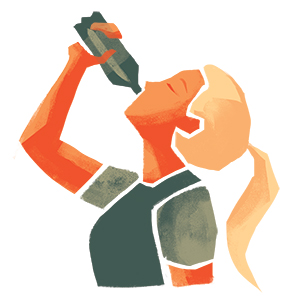 There are fancy formulas that exercise physiologists use to determine how much hydration an athlete needs, but here’s a good rule of thumb: drink 17 to 20 ounces of water two to three hours before exercise, 7 to 10 ounces every 10 to 20 minutes during exercise and 16 to 24 ounces following exercise.
There are fancy formulas that exercise physiologists use to determine how much hydration an athlete needs, but here’s a good rule of thumb: drink 17 to 20 ounces of water two to three hours before exercise, 7 to 10 ounces every 10 to 20 minutes during exercise and 16 to 24 ounces following exercise.
There are times when it’s simply not a great idea to exercise outdoors, says Jessica Matthews, senior advisor for health and fitness education for the American Council on Exercise (ACE). “No matter how fit you are, you should pay attention to the heat index and avoid exercising outdoors when it’s in the danger or extreme danger zone.”
The heat index is a measurement of the temperature and the relative humidity (check out on weather.gov). On hot days, It tends to get in the danger or extreme danger zone from 10 a.m. to 4 p.m. Plan to exercise indoors.
But take caution if you’re thinking about hot yoga. ACE recently sponsored a study that found temperatures could reach the danger zone in Bikram yoga classes. That means you have to adjust to the program very slowly and keep ultra-hydrated before, during and after—even though it’s indoors.
Welcome to Ventura Blvd’s inaugural health column, where we ask doctors and health pros your questions.
If you have a pressing—or aching, itching, burning—question, please drop us a line at whatsupdoc@venturablvd.com.





